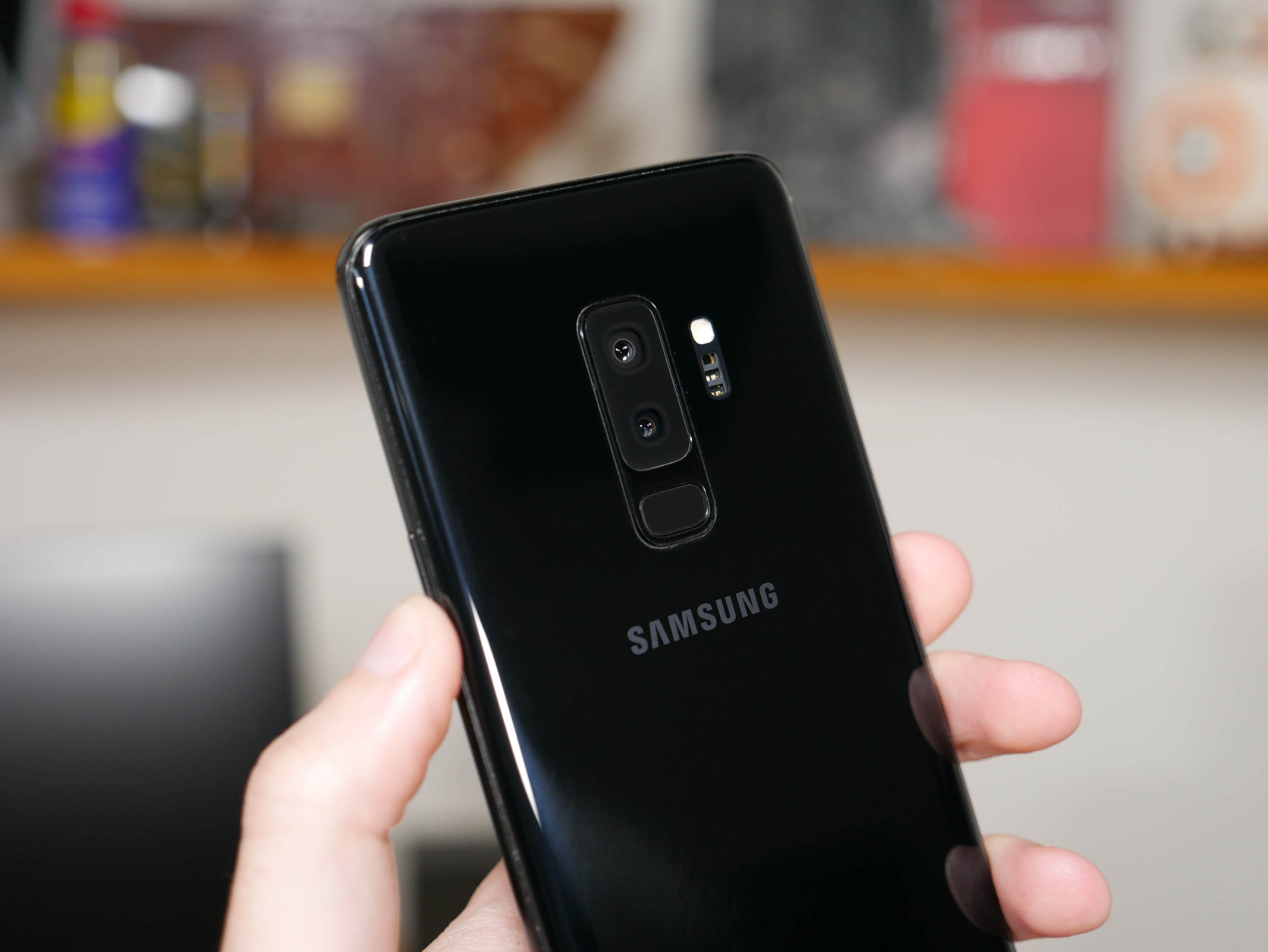Graphics and Storage Performance
Moving in to graphics performance, and again for the most part we're seeing relatively modest performance improvements from the Exynos 8895 to the S9's Exynos 9810.


In the GFXBench Manhattan 3.1 test, we're looking at an 8 percent performance improvement in favor of the Exynos 9810 in the offscreen test, and 14 percent in the on-screen test. However the Exynos 9810 does manage to outperform the Snapdragon 835 with its Adreon 540 to the tune of 22 percent in the off-screen workload.


It's not as good news for the Exynos 9810 in 3DMark's Sling Shot benchmark. In the standard Sling Shot Unlimited test, the Exynos 9810 is slightly slower than the Exynos 8895 in the overall score, and a sizeable 19 percent behind the Snapdragon 835. The contest does even up in Sling Shot Extreme Unlimited: the 9810 is 4% behind the Snapdragon 835 and 5% ahead of the Exynos 8895.

The final graphics benchmark we're looking at is the Basemark U-Boat test, which has heavily favoured Mali GPUs in the past. Here, the Exynos 9810 in the Galaxy S9+ is 14 percent faster than the Exynos 8895, allowing it to take a massive performance lead over the Snapdragon 835. This is one of the few crushing victories for the Exynos 9810 relative to the last-gen Snapdragon 835.

While the Exynos 9810 is competitive against the Snapdragon 835 in graphics workloads and beats it in the case of GFXBench and Basemark, the SoC does throttle heavily in the Galaxy S9+'s chassis. After 25 minutes of consecutive GFXBench 3.1 runs, the Exynos 9810 throttled by 42 percent, leading to a score reduction that actually placed it slower than the Pixel 2 XL in long term graphics workloads. The Pixel 2 XL and its Snapdragon 845 doesn't throttle as heavily, so it produces better long term performance.
The results from both the CPU, GPU and real-world tests are quite interesting. For the most part, the Exynos 9810 produces disappointing performance that either narrowly beats or merely equals the Snapdragon 835, Qualcomm's last-generation silicon. It's clear that the Snapdragon 845 variant of the Galaxy S9+ is the one to get if possible, as it produces performance more in line with what we'd expect from a 2018 SoC, at least going on other reviews that have tested this model.
Lower than expected performance poses an interesting question as to what Samsung did with the Exynos 9810 in the Galaxy S9+. Luckily, the folks at AnandTech have dug into the issue, uncovering mostly software and firmware related problems with the Exynos model. They have some great analysis on the matter that you should read if you are interested, but it can be summarized as two major problems.
Samsung uses a hot-plugging mechanism for thread migrations between cores, which is inefficient, and the scheduler is tuned such that the CPU takes a long time to reach its maximum frequency. Ideally, the CPU reaches peak performance as quickly as possible, completes the task in a shorter period of time, then shuts off to conserve power. The Exynos 9810 in the Galaxy S9+ appears to slowly ramp up to its maximum frequency, causing it to underwhelm in short workloads.


In terms of storage performance, the Galaxy S9+ performs well although it doesn't set new records for NAND performance and can't match the latest Huawei devices. Sequential performance is strong with improvements to both reads and writes compared to the Galaxy S8+, however random performance remains a week point with fairly average speeds for a high-end Android smartphone.
